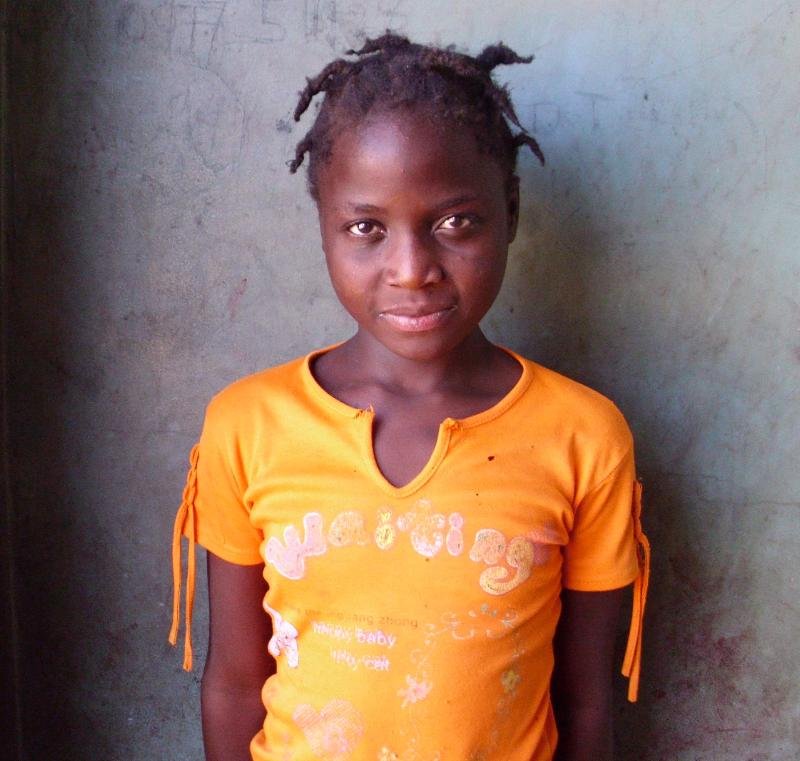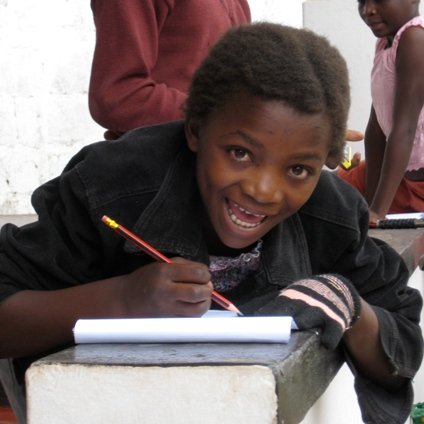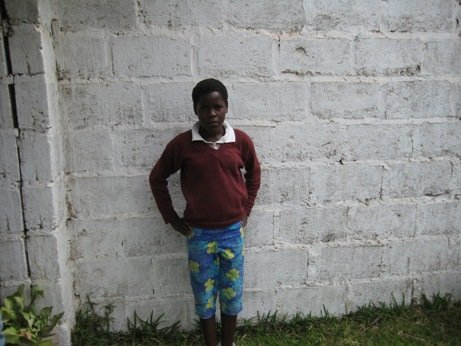Project Report
| Feb 24, 2011
Health Care for HIV Positive Children in Zambia
![]()
Executive Summary
The Power of Love team would like to thank donors who supported "Healthcare for HIV Positive Children in Zambia". With support from donors such as you, we provide food, medicines, and essential life-saving health services to 150 HIV positive children in the Matero compound in Lusaka, Zambia. The package of services provided to children includes weekly health check-ups from Community Health workers, monthly visits from the Project Nurse, psychosocial counseling, and adherence monitoring and training. In addition, we provide ongoing training in HIV/AIDS care for children and support to caregivers (most of them are grandmothers) of the children.
Introduction
At POL, we believe that the long term solution to the HIV/AIDS crisis lies with the local community itself and that empowering women and making them self-reliant is a key component in solving the global HIV/AIDS crisis. POL empowers women (many of them grandmothers caring for multiple orphaned grandchildren) and makes them self-reliant through the following multi-pronged approach: (1) by providing food, medicines and a package of health care services to the children, (2) by training mothers/grandmother/extended family caregivers in caring for their HIV infected children and orphans, (3) by providing them with micro loans and business training to start a small business, and (4) by providing long lasting insecticide treated nets to children and families vulnerable to Malaria. As a result of this comprehensive approach, over the last six years we have had a total of 235 children in our program and have lost 10 children to AIDS. Statistically, we could have lost 40 children or more as life expectancy of an HIV positive child is just five years at birth. More importantly most of the children are back in school. To learn more visit http://poweroflove.org/arms-reach-care-arc.
Some of the achievements of this program over the last six months are given below.
- We continue to provide food, medicines, and weekly health visits to all the children enrolled in POL’s program in Lusaka, Zambia. The addition of a high protein soya supplement (particularly for very sick children), has accelerated their weight-gain process. The soya supplement is now a regular component of the food package. As a result, the diet and nutrition level of all families has improved leading to increased weight, fewer infections, and higher CD4 counts leading to a delay in the start of antiretroviral (ARV) medication. Finally, improved nutrition and continuous medical care has led to a higher school attendance. POL added 20 children to the program (and discharged 5) to bring the total to 150 HIV positive children. To date, 140 children have been tested and all are HIV positive. Ten children along with their caregivers will be tested in March 2011. Out of the 140 HIV positive children, 81 are on ARV’s. As the numbers show 100% of the children are HIV positive and 58% are on ARV’s. This highlights the need to provide all children with food, medicines and weekly visits by the health care worker/Nurse and to provide continuous monitoring of the health and medication regimen of the children on ARV’s. To date 150 children are direct beneficiaries of food and another 1100 children are indirect beneficiaries.
- In January 2011, 20 new children were enrolled in the program (5 children were discharged as they turned nineteen in January 2011, bringing the total number of children to 150). Training in HIV/AIDS care was provided to 20 caregivers. Training provided to caregivers is a crucial element of the ARC program as this ensures that the child is under the care of a trained caregiver 24/7. As a result of this training, family care givers are able to identify infections, and get treatment before the infection escalates into something serious and compromises the child’s health. Also, as a result of this training family care givers are able to provide better care to children in their household/community who are not enrolled in our program. After completion of training, caregivers have a better understanding of HIV and are motivated to go in for testing for HIV for themselves and encourage others in the community too.
- As a result of an improvement in the health of the children, the number of opportunistic infections has been reduced. Overall, as a result of the continuous care provided to the children they are all stable in health. Proof of this provided the fact that since the inception of the ARC program, we have lost only 10 children and none have died at home. This is an astounding statistic since an HIV+ child has a life expectancy of 4-5 years in Zambia and mathematically, we could have lost at least 35-40 children to date.
- All children who are eligible for school are attending school. We had 54 children who were unable to attend school due to lack of funds. In 2010, our program provided support (in terms of books, school bags, uniforms, and shoes) to all 54 children so that they are all in school. For a profile of some of the beneficiaries of this program see Annex 2, page 17 below.
- All children who are on ARV’s are being monitored to ensure adherence to their medication regime. So far all patients are adhering fairly well to their regimens. Most of the older children know their status and are able to adhere to the medications schedule on their own with minimal support from their care givers. Pill boxes are provided to older children to help them adhere to their medication regimen, and pediatric medicine spoons are provided to caregivers of younger children so that caregivers can give the exact dosage to the child.
- All children are being provided with psychosocial counseling. Children need counseling for the following reasons: a. children suffer from fear of loss as soon as a parent is diagnosed with HIV, b. children have to deal with the stigma associated with the disease, and c. if the child is orphaned she/he may have to leave familiar surroundings and may not be readily accepted by the extended family. As a result, counseling is an important part of the child’s mental health and counseling of children and family members has become an important part of our ARC program.
- Older children who are aware of their status are also provided education on HIV prevention, and risky sexual behaviors.
- All of our Community Care Assistants (CCA’s) are trained in child counseling. In addition, the CCA’s are given continuous practical and refresher training in care of HIV positive children.
- Community Care Assistants attended a one day workshop to enhance their skills in breast cancer and cervical cancer counseling and identification. After training, 87 caregivers were provided with counseling, and screening for cervical and breast cancer. Two caregivers were treated successfully.
Long Term Measurable Outcomes
Some of the metrics we used to evaluate our program include survival rates, decrease in the number of opportunistic infections, increased attendance in school, malnutrition in children before and after enrollment in the program, and testing for HIV. Our program has done well on all of the above metrics.
To sum, as a result of the continuous quality care provided to the children, and training to their care givers, all children are stable in health and are living close to normal lives. As of January 2011, the ARC program benefits 150 children directly and indirectly benefits an additional 1100 children. For more information visit http://www.poweroflove.org/arms-reach-care-arc.
Future Plans
At this time, we are raising funds to continue to (i) provide food, medicines and life-saving health care services to all children in our program, (ii) train an additional 100 caregivers/grandmothers in HIV/AIDS care, (iii) ensure that all caregivers continue to be tested for cervical cancer and breast cancer screening, (vi) add a strong HIV “testing and prevention” program for the caregivers of the children to make this a more comprehensive model (with prevention, treatment, care, and economic empowerment)...
Summary
In summary, this program has increased survival rates of children in the Matero compound in Lusaka, Zambia and significantly improved the quality of life of their families. The program is comprehensive as it takes care of physical (food, medicines, malaria bed nets, training provided to caregivers), social (education, cultural), and psychological (counselling, peer groups) needs of the women and children.
![]()
![]()
![Share on Twitter]()
![Share on Facebook]()


